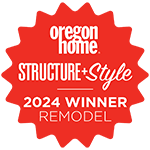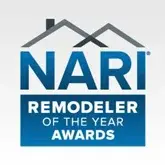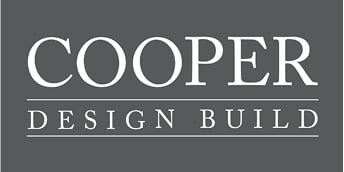There’s no shortage of excuses why we don’t do what we know we should do—such as exercise. So when you’re designing a gym for your Portland, Oregon, home, don’t let bad planning be one of those excuses.
The Location
First, you need to find a place in your home where you’ll want to exercise. Basements often have the unused space that’s most easily converted into a gym, but if it feels like a dungeon, you might not be excited to be there. Natural light in a workout space lifts the spirits, and a great view of the outdoors can help your mental state as you exercise. Those factors are in short supply in a basement, but you can improvise with good lighting, cheerful décor and wall colors, and a good-sized TV to give you something to look at.
Another factor in locating your home gym is the noise often generated by exercising: music blaring, equipment moving, and weights clanging. Find a spot where these sounds won’t disrupt the household, or do some serious soundproofing. One more thing: Make sure the ceiling is high enough for your equipment and for the kinds of exercising you like to do, such as jumping rope.
The Equipment
The requirements of your gym will largely determine its size and layout. If you just need a quiet place to spread out a yoga mat, that can be accomplished pretty easily. On the other hand, if your workouts at the neighborhood fitness center normally involve large sets of free weights, weight machines, a stationery bike, a rowing machine, a treadmill, and an elliptical, you’re going to have to stop and think what’s most important.
While some people can afford to replicate that setup at home, most can’t. Think about starting with just the basic equipment. A jump rope will give you a cardio workout quicker than an elliptical or treadmill will, balance discs take up less storage space than balance balls, and a small, decent set of dumbbells will go a long way.
The Floor
You’re not going to want your weight rack collapsing the floor joists in your home gym, so research the structural integrity of your floor. If you’re on the concrete floor of your basement, that won’t be a problem, but there are other issues to consider down there. Exercising on unforgiving concrete will take its toll on your body, and dropping weights won’t help the floor. Invest in rubber mats; your joints and your floor will thank you.
If you’re into Olympic deadlifts and power lifts, you’re really going to need an Olympic platform to take the punishment of the barbells hitting the floor. You can buy one or go the DIY route and build your own.
The Air
Stagnant air in a gym is no fun. You’ll overheat, the moisture from your breath and your sweat will hang around in the room, and the smell isn’t going to be pretty. If there’s not natural circulation that windows and a fan will handle, invest in a serious exhaust-fan system.
The Ambiance
It’s best if your workout space is free from distractions, such as papers, wandering pets, stacks of laundry and a buzzing dryer, and clutter of any kind. If you have the luxury of dedicating a room to just your exercising, it will be easier to keep the distractions down. In addition to a tidy space, many people find it helpful to put up inspirational posters and cheerful décor. At least one large mirror on the wall can help you work on your form as you exercise.
The Storage
Along the lines of clutter, be sure to plan storage in your home gym. Depending on your equipment, just a couple of cabinets should be enough to handle your jump ropes, mats, foam rollers, balls, exercise journals and magazines, and clean towels.
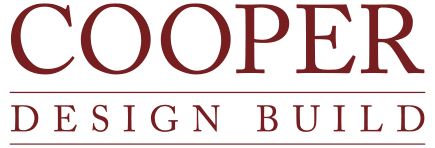
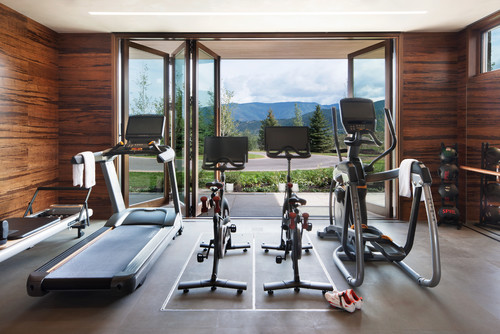

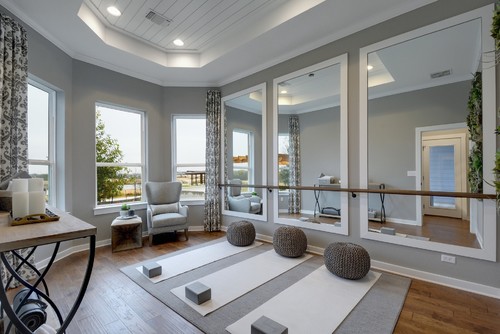
![NEW! Download the 2020 Portland Home Remodeling Cost Report [PDF]](https://hubspot-no-cache-na2-prod.s3.amazonaws.com/cta/default/2423012/ade891c6-11ba-473e-97d6-b38e13808821.png)
